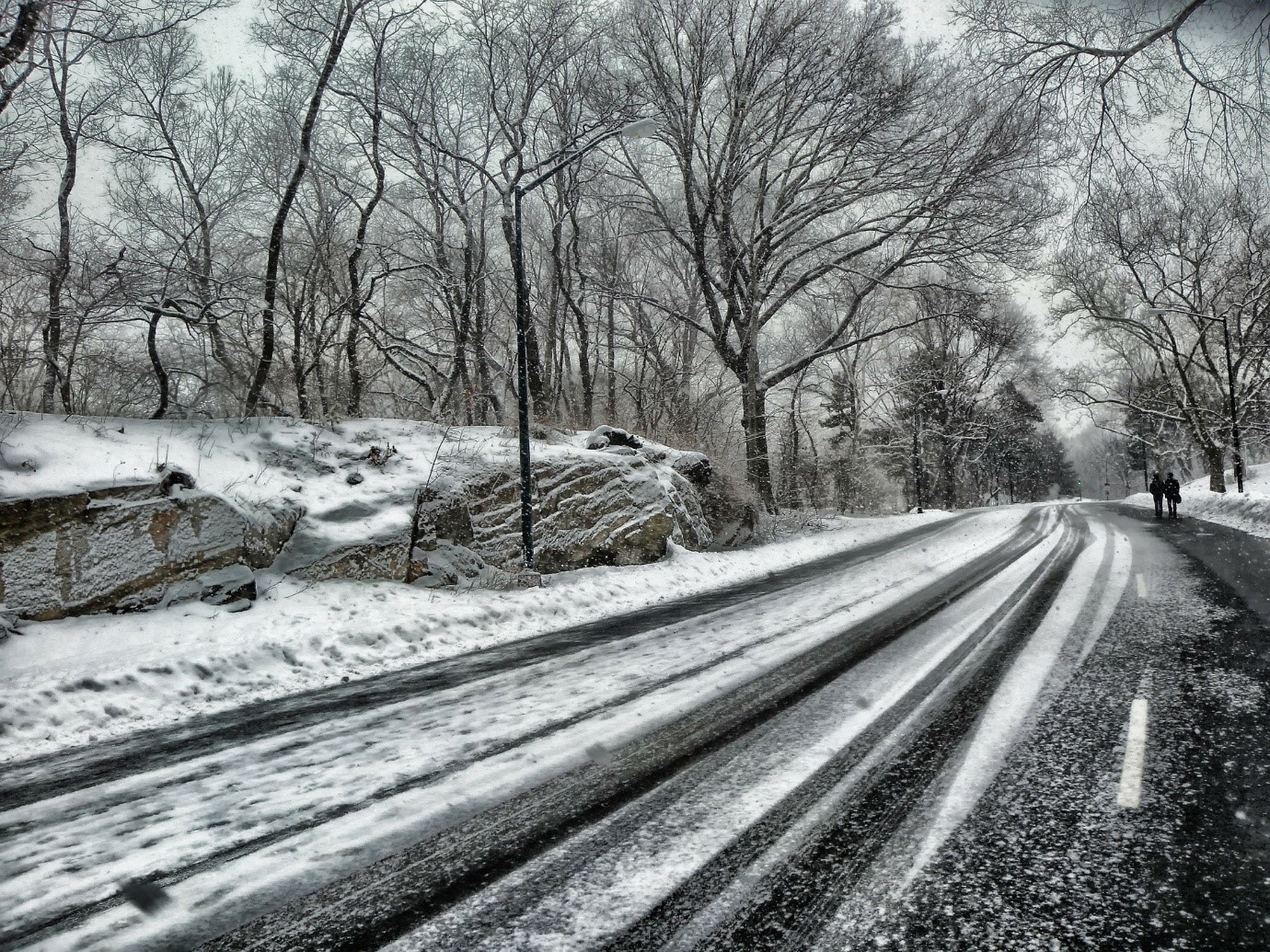With much of the country blanketed in snow last week and freezing fog this week, we’ve compiled our tips for driving safely in adverse Winter driving conditions.
Fog
Fog causes bad driving conditions for motorists as it literally limits how much you can see, so even familiar routes become alien as hazards are not easy to identify.
Stay safe driving in the fog by:
• Using your fog lights appropriately – only use them if visibility is severely reduced (100 metres or less), as they can hide your brake lights and dazzle other road users if the conditions improve. Remember to turn them off when you park or if the fog lifts.
• Keep your windscreen clear by using your wipers; if they are on automatic, use them manually as the sensors will not always detect a fine coating of mist that can still obscure your vision
• Use your ears – if the conditions are so bad you can’t see at a junction, wind down the windows to aid your senses at knowing when it’s safe to move.
• Do not use your full beam – this just throws the fog back at the car and further reduces visibility. Full beam will also blind motorists coming the opposite way when they immediately pass you.
• If the fog is so bad you cannot see to drive safely, reconsider whether there is an alternative way to get to your destination, or rearrange for another time
Ice
Ice, especially black ice, is extremely dangerous and catches many motorists out, even if they are driving carefully. Black ice lies on road surfaces and can be a hidden killer if you’re not careful.
Stay safe driving in ice by:
• Clearing all ice from your vehicle, including your wing mirrors and side windows, so you have full visibility. It is not enough to rely on your cars heating system to do this for you.
• Take your time, staying in higher gears where you can. This stops your vehicle from wheel spinning. If you need to go around a bend or roundabout, avoid accelerating until you can straighten out so you’re not encouraging the car to swerve, especially if there is black ice present.
• Brake early and gently – try to avoid late or sharp braking as you’re not leaving much time if your vehicle can’t stop or swerves.
• Don’t think just because a road has been gritted that it is a safe driving surface – grit only works if the road is used regularly, and if you’re the first driver down there since the grit was laid, you’re only starting to work it in to the surface.
• Think about your braking distances – ice can cause the stopping distance to rise by up to 10 times than if the road was dry! Keep your distance!
Snow
Snow causes real problems on the roads; not only does it impact visibility, but the surfaces become clogged and slippery, leaving many stranded as they cannot move.
Stay safe driving in snow by:
• Clearing your vehicle of all snow, including the roof. Any gathered snow can fall onto your windscreen and bonnet as you drive, impacting your visibility. It can also flow backwards into cars behind, causing the same effect.
• Again, think about your stopping distances. Snow makes both moving and stopping very difficult for vehicles not equipped for the conditions, so if you must drive, do so with care!
• Snowploughs clear the roads but that doesn’t mean they are gritted, and nor does it mean they will be as safe to drive on as dry surfaces. Snow banks will also form at the sides of the roads, so be aware that these are these and often obscure the pavements
• Look out for pedestrians who may have left the pavements due to snow and ice – be courteous to all affected by the snow!
• If the conditions are very hazardous, it is best to abandon your plans to drive and rearrange unless there really is no other option!
Rain
Unfortunately, we do get rain year-round but more so in the Winter, and often it is heavier or icier than the rain we get in the Summer.
Stay safe driving in rain by:
• Bear in mind the stopping distance in rain and on wet roads is double that of dry roads, so stay back and keep a good gap between yourself and the car in front. If someone is tailgating you, slow down and let them pass should they wish to.
• Gently check your brakes as you drive and if you do go through a large puddle or flood, you must check your brakes afterwards!
• Rain can reduce your visibility, especially heavy rain or if you’re driving in the dark, so it’s important to keep your eyes on the road and look for potential hazards at all times.
• Use your windscreen wipers regularly to keep your windscreen and back window clear
Wind
Like rain, we do see wind year-round, but it can be much worse during the Winter, especially when teamed with rain or stormy weather. High winds can cause vehicles to be blown around the road, tip over, and cause trees, road furniture and other debris to be blown onto the carriageway.
Stay safe driving in high winds by:
• If you feel it is too windy to risk your journey, follow your gut instinct and don’t drive. Wait until the winds have calmed down.
• If you see another vehicle being affected by the wind (high sided vehicles are most affected), keep your distance. Don’t try to overtake; not only does it put you in danger, but it means the driver of the affected vehicle has to account for your presence, which they may find difficult if they are struggling to maintain control.
• Be aware of turbulence created by large vehicles, which is made worse in high winds. Turbulence can affect your control of the vehicle, so again, keep well back!
• Make sure you are using your lights effectively, especially in stormy or dark conditions – motorists who are affected by the wind need as much help as they can get knowing where other vehicles are on the road!
We wish you all safe driving this Winter – Gofers Team!









